|
This post is part of my #SAVEITSUNDAY partnership with Glad. #SAVEITSUNDAY is a campaign to help prevent food waste in our homes, and I’m delighted to be working with Glad on this project.
I purposely bought those boxes…the ones with slightly smashed tops, even though they weren’t on a scratch and dent discount shelf. Why? It’s because I’m thinking about the bigger picture of food waste these days. Less Than PerfectWhen I read Jonathan Bloom’s book, American Wasteland Reading his book opened my eyes to the distressing amount of waste that happens before we even take our food home.
As part of his research, Bloom worked in a grocery store produce department, and the amount of food waste he saw was incredible. Part of this type of waste is due to things like rot, and part is due to the fact that we expect our grocery stores to stock only produce that is uniform and completely perfect-looking. We want straight carrots and large peppers and evenly sized potatoes, but unfortunately, that’s not how stuff grows all the time. Bloom makes a point of buying “ugly” produce when possible, to send the message that less-than-perfect produce will still sell. And since reading his book, I’ve been doing more of that as well, not only to send a message, but also to save the produce from the trash can. For instance, the other week, I needed a jalapeno, and I happened to be shopping the day I was going to use it. There were a bunch of firm jalapenos in the basket, but I purposely picked the one that looked slightly wrinkly. I wasn’t going to need to store it, and I knew it would work just fine in my recipe.
I also do this with non-produce items. I happen to know that my local Aldi’s policy is to throw away slightly damaged goods, so if I’m choosing a jar of peanut butter, I purposely grab the one with the torn label.
The cereal box that’s dented at the top? That’s the one that goes in my cart. The butter with the slightly torn packaging? That’s the one for me. I know that these products are perfectly usable and safe (I wouldn’t buy one with more than cosmetic damage.) and I also know that the vast majority of shoppers will pass that item over. So, I figure that it makes sense for not-picky me to buy the ugly food while the choosier people buy the beautiful food. I know these small acts aren’t going to change the course of the universe, but I am delighted to use something that would probably have hit the trash otherwise. I also hope it encourages stores to leave the slightly damaged goods on the shelf. Shopping to Fight WasteBecause of the big-picture perspective I now have when it comes to waste, I also make an effort to support retailers that avoid waste or that deal responsibly with their waste. For instance, instead of carrying every produce item under the sun, Aldi stocks a limited number of high-demand produce items. This ensures a high rate of turnover and allows them to waste less food. The main impetus behind this is to cut costs, but it also means the store doesn’t have to throw away pallets of produce every day.
Similarly, more traditional grocery stores sometimes offer a “scratch and dent” produce area, and buying produce there is a great way to prevent waste and save money. Farmer’s markets, produce stands, and CSAs are some other great places to spend your money, since they frequently carry less-than-perfect-looking food (finding boxes of discounted seconds at the produce stand makes my week!), and also because their supply chain is shorter.
Bloom’s book pointed out that a large amount of produce waste happens because our food is transported so far. When you buy locally, though, the food doesn’t have to do much traveling and there’s a smaller chance of it going bad on the journey. I also think it’s a great idea to make a point of patronizing establishments that donate their excess food. For instance, my fellow #SAVEITSUNDAY blogger Mavis’s grocery store donates their extras to the food bank, and I know that the Panera and Atlanta Bread Company locations (at least in my area) donate their day-old bread instead of throwing it out. The big-picture food waste scene in America is overwhelming, to be sure, and we certainly have a whole lot more control over our own household waste than we do over what happens out there in the world (which is why my main food waste focus will always be what happens in our homes). But thinking outside of our own kitchens and supporting companies/small businesses that operate in less-wasteful ways has its place too. So yes, plan carefully, buy only what you need, and store your food properly, but also keep an eye out for other ways that you can support and encourage a low-waste culture. ________________ Do you all have any other tips for supporting a low-waste culture? I’d love to hear them! And if you know of any corporations who do a great job of minimizing waste/donating excess, do share. ________________ This post is sponsored by Glad. All content (and the level of fanaticism that leads me to buy ugly food) is my own. Amazon links are affiliate links. |

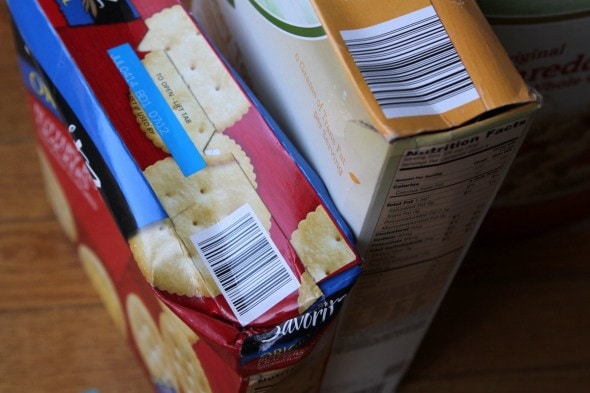

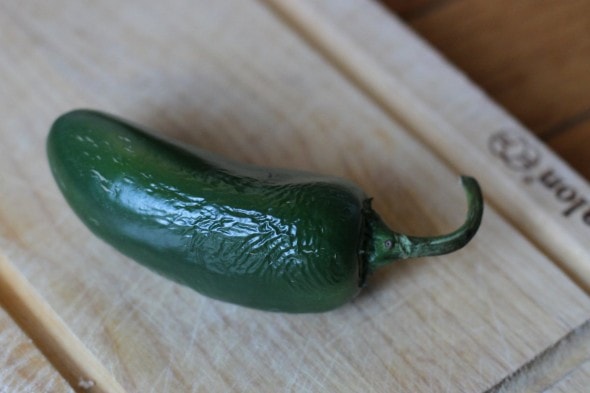
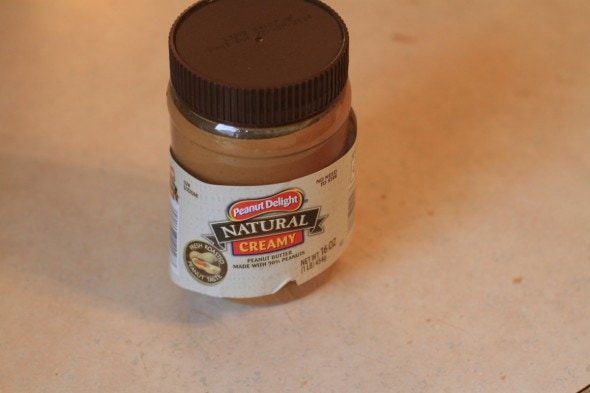
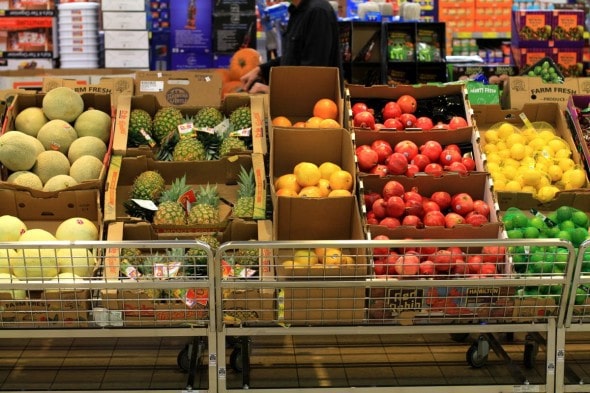
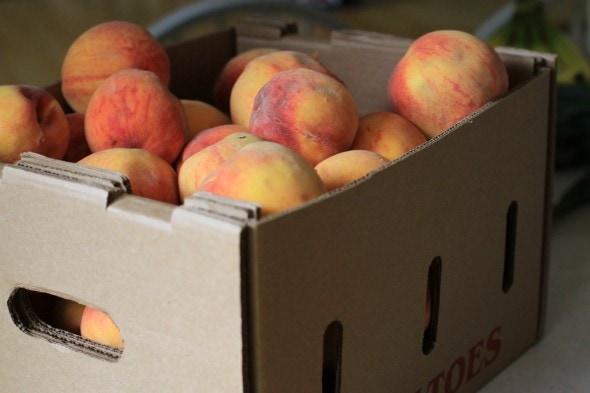
Jennifer
Friday 31st of January 2014
My husband does this! He will hunt for the perfect package on the shelf. I usually just rolled my eyes but this changes my perspective. I will share this article with him. Small efforts add up!
Lori
Friday 31st of January 2014
This reminds me of something that is not about food waste but used to bug me so. I worked for Walmart in the early 90s in the household chemicals and paper goods dept. On more than one occasion I saw people open packages of Playtex Living Gloves to try them on, at the time they came in small, medium, and large. Then, having located the desired size, they would put the package that THEY JUST OPENED back on the shelf, and choose an unopened package to purchase. I felt like yelling at them, do you think there is something wrong with these gloves because you opened them? They are somehow damaged now? grrr...
Kristen
Friday 31st of January 2014
Oh dear...that IS pretty ridiculous!
Freckles
Thursday 30th of January 2014
I always go to the marked-down produce shelf first for my fruit and veggies, but I have to admit it's because of the lower prices, not necessarily because I was being altruistic.
I have a question, though, for either Kristen or her readers: is there a danger in buying dented canned products? I have always resisted buying dented cans (ie. dented canned tomatoes, or dented canned fruit) because I had heard at one point that the dent in the can compromises the safety of the food inside? Does anyone know if this is, in fact, accurate?
Tina S.
Thursday 30th of January 2014
I remember reading once (I think it was in the Tightwad Gazette book, but I'm not sure) that it was ok to buy dented canned goods, as long as the cans weren't bulging or swollen, which would indicate spoilage. My understanding is that if a can is dented but not punctured, and otherwise in good condition (i.e. not leaking), it should be fine.
Louise
Thursday 30th of January 2014
I have always looked for the "perfect" items when doing my grocery shopping, but your post will make me re-think that. I just looked up my grocery store (Wegmans) to see what they do with their outdated produce, etc. and found this link: http://www.wegmans.com/webapp/wcs/stores/servlet/ProductDisplay?storeId=10052&partNumber=UNIVERSAL_3209 They are very civic-minded so I am not surprised that they donate so much to food pantries. They are a great company and are often on Fortune's list of "Best companies to work for." We are very lucky to have them in our area. :)
Lorraine
Thursday 30th of January 2014
Thanks, I wouldn't have thought of this either! I will definitely pay more attention to cosmetic damage to packaging now. I admit, I used to pass those up in favor or pristine packaging but WHY???
Sadly, other than over-ripe bananas in one particular grocery store, I never see marked down produce in my neck of the woods. Boo.
My grocery store does sell cold rotisserie chickens for $1.98 if they cooked too many the day before. I always snap those up when available. And I do sometimes buy marked-down meat near the expiration date to save money if I will be cooking it that day or freezing immediately. Thanks for giving me another reason to look for it.